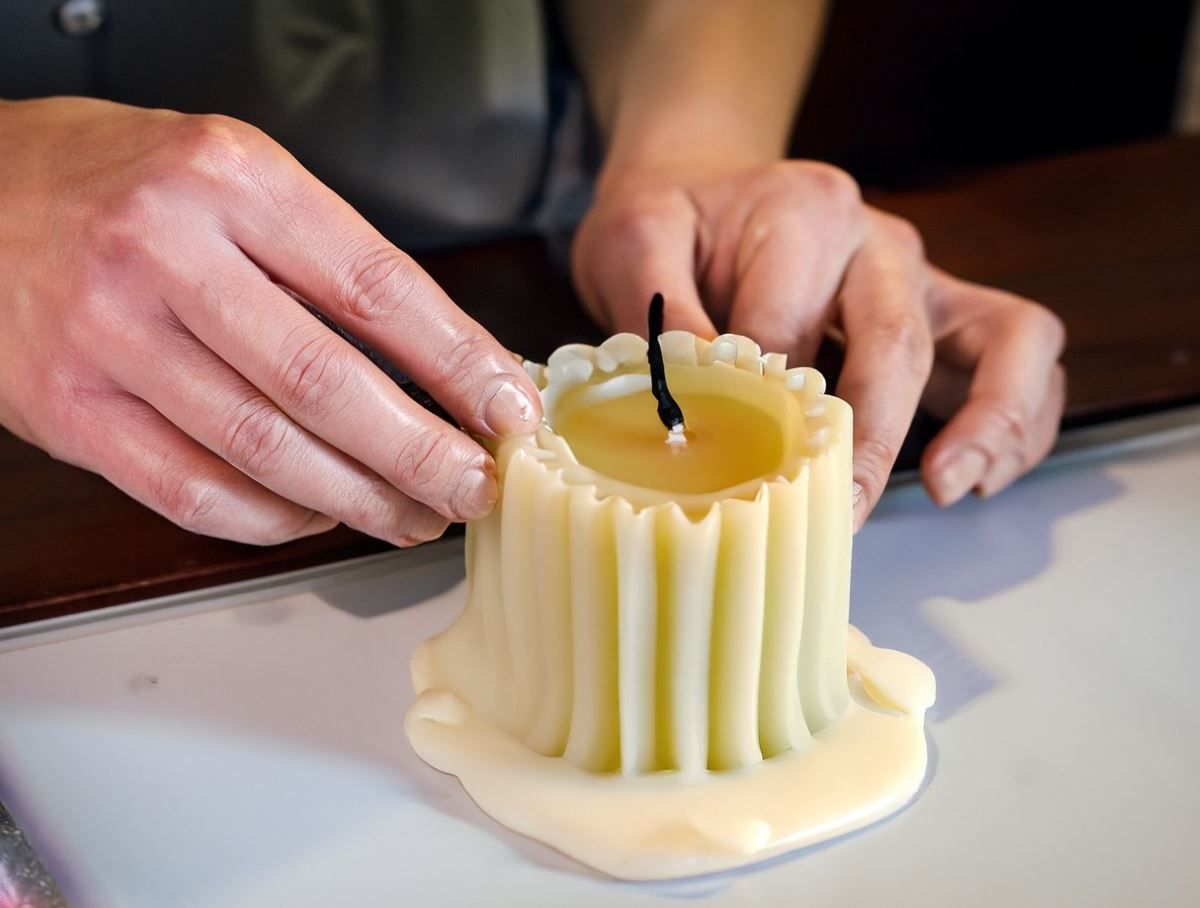The Art and Craft of Candle Making: A Blend of Aesthetics and Functionality
Discover the captivating world of candle making, where skilled artisans blend aesthetics and functionality to create exquisite, handcrafted candles that serve as both practical items and works of art.





